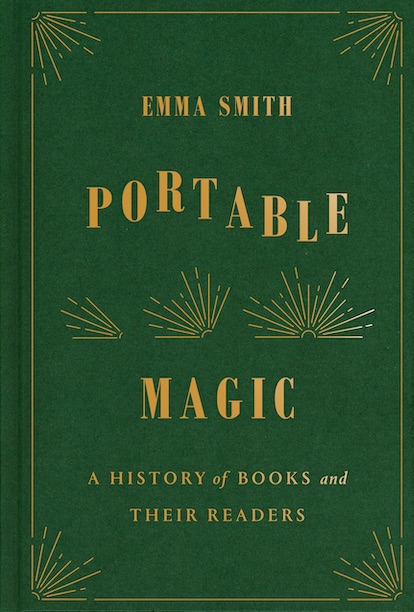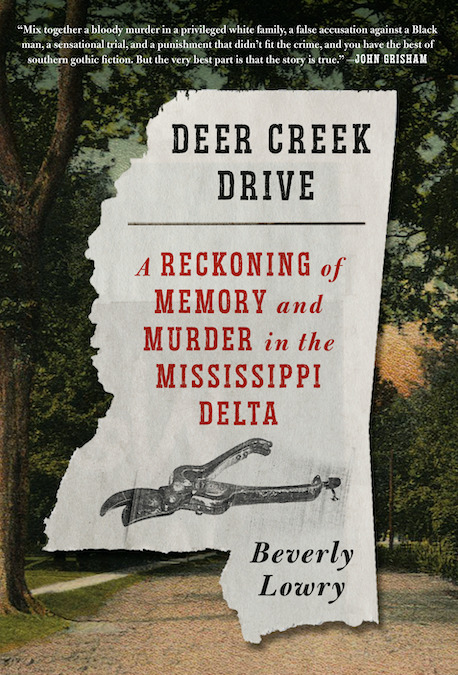The World Remade
In Emily St. John Mandel’s Station Eleven, a death onstage heralds the collapse of the modern era
“The age of electricity had come and gone.” This is a sweeping statement with epic implications, but in Emily St. John Mandel’s fourth novel, Station Eleven, it’s almost made in passing. With its enormous scope and an ambitious time-jumping structure, Station Eleven paints its post-apocalyptic world in both bold brushstrokes and tiny points of background detail. As the conflicts of one era illuminate another, a small group of interrelated characters witnesses the collapse of the current historical age and staggers through the first faltering steps of the next.
 The central incident of Station Eleven involves the death of actor Arthur Leander, with whom each of the main characters shares some association. Arthur collapses onstage during a production of King Lear, dying of a heart attack while actors, stage crew, and audience members look on. That same night, a variant of swine flu, which had begun its spread on airplanes flying out of Moscow and Georgia, becomes a pandemic and devastates the world’s population with nightmarish efficiency. Station Eleven presents the collapse of the world as a kind of chain reaction that, at least for these characters, spreads outward from the moment of Arthur’s death.
The central incident of Station Eleven involves the death of actor Arthur Leander, with whom each of the main characters shares some association. Arthur collapses onstage during a production of King Lear, dying of a heart attack while actors, stage crew, and audience members look on. That same night, a variant of swine flu, which had begun its spread on airplanes flying out of Moscow and Georgia, becomes a pandemic and devastates the world’s population with nightmarish efficiency. Station Eleven presents the collapse of the world as a kind of chain reaction that, at least for these characters, spreads outward from the moment of Arthur’s death.
By Year Twenty of the post-collapse era, new settlements have sprung up, connected by dangerous territories. Kirsten Raymonde, who shared the stage with Arthur on his final night, is now an actor in the Traveling Symphony. This touring company braves hostile and unpredictable roads to bring orchestral music and productions of Shakespeare to audiences that still grieve for all that they’ve lost: “Sometimes the Traveling Symphony thought that what they were doing was noble. There were moments around campfires when someone would say something invigorating about the importance of art, and everyone would find it easier to sleep that night. At other times it seemed a difficult and dangerous way to survive and hardly worth it.” This way of life may be perilous, but for Kirsten, who has lived the majority of her life post-collapse, the caravans of the Symphony are the only home she knows.
The natural world has made claims on the ruins of civilization, and Mandel writes about this landscape with abundant detail. A passage set in a burned-out resort town conveys the mixture of these two forces: “Just beyond the fire line they found an old baseball field, where they stopped to let the horses graze. Half-collapsed bleachers slumped into tall grass. Three banks of floodlights had stood over this field, but two had fallen. Kirsten knelt to touch the thick glass of a massive lamp, trying to imagine the electricity that it had conducted, the light pouring down. A cricket landed on her hand and sprang away.”
 Much of the action in Station Eleven backtracks to the years before the pandemic. At her office job, and later in her lonely Hollywood house, Arthur’s first wife, Miranda, creates graphic novels about Captain Eleven and the scheming inhabitants of the Undersea: “They live out their lives under flickering lights, aware at all times of the fathoms of oceans above them, resentful of Dr. Eleven and his colleagues who keep Station Eleven moving forever through deep space,” Mandel writes. “They are always waiting, the people of the Undersea. They spend their lives waiting for their lives to begin.” Like her dystopian counterparts, Miranda is also engaged in remaking the world around her.
Much of the action in Station Eleven backtracks to the years before the pandemic. At her office job, and later in her lonely Hollywood house, Arthur’s first wife, Miranda, creates graphic novels about Captain Eleven and the scheming inhabitants of the Undersea: “They live out their lives under flickering lights, aware at all times of the fathoms of oceans above them, resentful of Dr. Eleven and his colleagues who keep Station Eleven moving forever through deep space,” Mandel writes. “They are always waiting, the people of the Undersea. They spend their lives waiting for their lives to begin.” Like her dystopian counterparts, Miranda is also engaged in remaking the world around her.
The novel’s huge timeline and the connections between survivors—particularly their association with Arthur—can feel slightly forced at times: with more than ninety-nine percent of the world’s population dead and the rest scattered into the countryside, some of these characters continue to cross paths. Arthur’s best friend, for example, survives when his flight into Toronto is diverted to an airport outside a small city; his urban corporate existence completely destroyed, he must improvise a new life alongside the other grief-stricken travelers. And Jeevan, who attempted to revive Arthur when he collapsed onstage, survives the swift infection of Toronto—first by holing up with supplies and then by fleeing on foot.
But in the end the finer points of credulity or chronology matter less than Station Eleven’s powerfully absorbing tale of survival in a quarantined airport and on the dangerous roads between improvised settlements, protected by actors and musicians trained for gunfights. Mandel has imagined this world in full, and her ambition and imagination on display here are admirable.
Among the crowded field of post-apocalyptic stories in recent years, Station Eleven is particularly memorable for its commitment to the possibilities of the next era. The end of the world as we know it may be the subject of the novel’s most riveting sections, but in significant ways global destruction is not the point. The people of Mandel’s ruined world are doing what cultures under duress have always done: in the shadow of civilization’s collapse, their drive to rebuild—to tell their stories, to reinvent themselves and their civilization—persists.

Emily Choate holds an M.F.A. from Sarah Lawrence College, and her writing has appeared in Yemassee and Tennessee Libraries and is forthcoming in The Florida Review. She lives in her hometown, Nashville, where she’s working on a novel.


